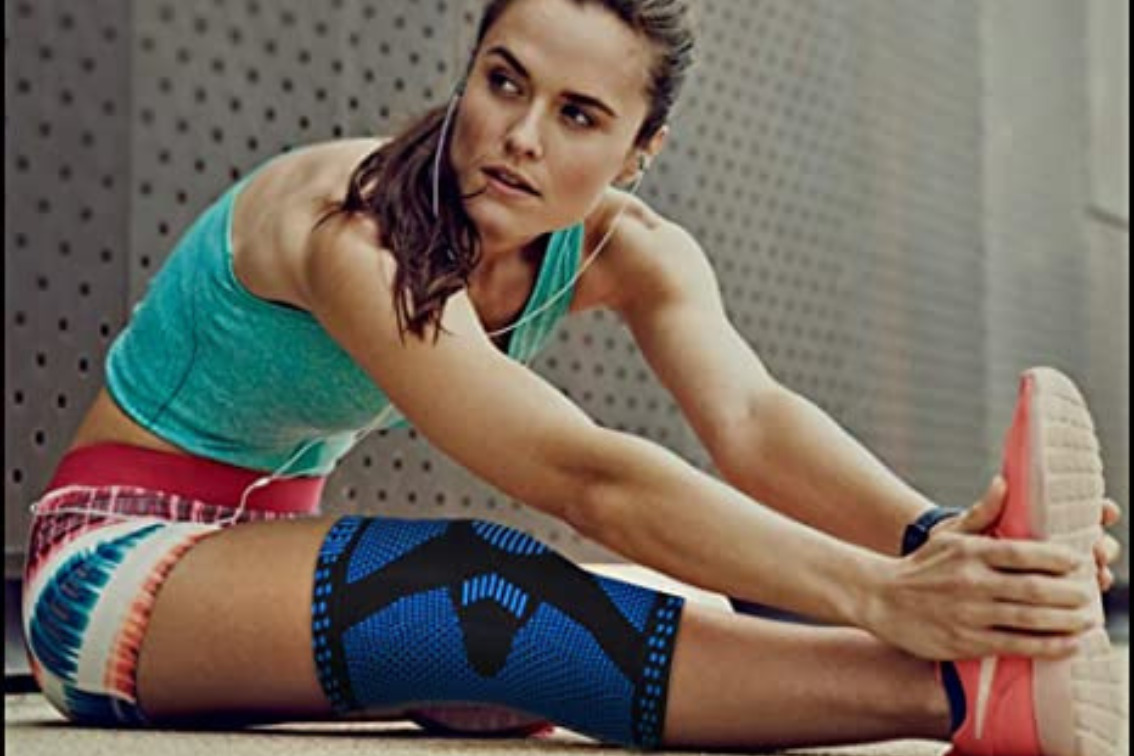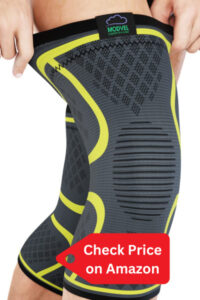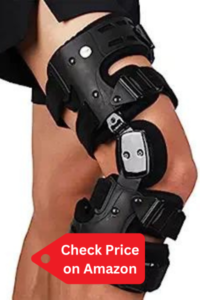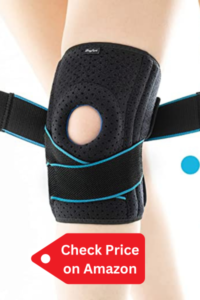*This post may contain affiliate links for which I earn commissions.*
If you’ve ever dealt with knee pain or an injury, you know how important it is to have the right support. Whether you’re recovering from surgery or just looking for some extra relief from discomfort, choosing between a knee brace and a knee sleeve can feel overwhelming. I’ve been there myself, so let’s break it down together. By the end, you’ll have a clear idea of what might work best for your specific needs.
My Journey with Knee Pain: Finding the Right Knee Support
A few years ago, after dealing with knee issues that flared up during everyday activities, I started looking into knee support options. I wasn’t sure whether I needed a brace or just a little extra compression, so I dove into research. Through trial and error, and a few conversations with my doctor, I learned the key differences between knee braces and knee sleeves.
Knee Sleeves: Lightweight Compression for Everyday Pain Relief
If you’re dealing with mild knee pain—maybe from arthritis or a bit of swelling after a workout—knee sleeves are your best friend. They’re easy to slip on and provide gentle compression, which can help reduce swelling and discomfort. I’ve found them to be incredibly helpful on days when my knees are sore but I still want to move around comfortably.
Benefits of Knee Sleeves:
Here’s what I love about knee sleeves:
• Discreet Support: You can wear them under your clothes without anyone noticing. This makes them great for everyday use, whether you’re at work or just out running errands.
• Comfort and Flexibility: They don’t restrict your movement, so you can stay active while getting a bit of extra support.
Knee sleeves are perfect if you’re looking for light support to manage daily discomfort.
Knee Braces: Stability and Protection for Active Lifestyles
Now, if you’ve had a more serious knee injury or surgery, a knee brace might be what you need. I turned to a knee brace after spraining my knee during a hike, and it made all the difference in my recovery. Braces are designed to limit movement, which helps protect your knee while it heals. They’re especially useful if your knee needs extra stability during activities like running, jumping, or weightlifting.
Braces offer a higher level of support and can help prevent further injury while giving you the stability to move safely.
Types of Knee Braces You Should Know About
There are different types of knee braces, each designed for specific needs. Depending on your situation, one of these might be the perfect fit for you.
1. Prophylactic Knee Braces: If you’re into contact sports like football or basketball, these braces protect against injuries, particularly to your Medial Collateral Ligament (MCL). They come with bars, hinges, and straps for maximum protection.
2. Functional Knee Braces: These are for those recovering from knee injuries. They help restore function and support while you heal.
3. Postoperative or Rehab Braces: If you’ve just had knee surgery, you might need one of these to limit your knee’s movement as you recover. They’re often used alongside crutches for the first few weeks.
4. Unloader Knee Braces: These are lifesavers if you’re dealing with knee osteoarthritis. They relieve pressure from the affected area by shifting your body weight away from the painful joint.
Different Styles of Knee Braces for Varied Needs
Besides the standard types, there are several styles of braces that you might find more suitable depending on your activity level or the severity of your pain.
• Wraparound or Dual-Wrap Braces: These offer more support than knee sleeves and are a go-to for athletes with moderate pain. I’ve found them easier to put on and more flexible during workouts.
• Hinged Knee Braces: If you’ve recently had surgery, a hinged knee brace will help keep your knee in proper alignment during movement. It’s what I used post-surgery, and it gave me peace of mind while I was healing.
• Knee Straps: Perfect for those with runner’s knee or jumper’s knee, these straps apply pressure on the patellar tendon to relieve pain.
• Closed and Open Patella Braces: The closed patella style offers compression across the entire knee, while the open patella design reduces pressure on the kneecap. I tried both and found the open patella better for days when I needed extra flexibility.
How to Choose the Right Knee Brace
Choosing a knee brace can feel like a big decision, but it all comes down to your specific needs. If you’re looking for pain relief from arthritis or minor injuries, a knee sleeve is likely enough. But if you’re recovering from surgery or have a more serious condition, a functional or hinged brace will give you the stability and protection you need.
Be sure to measure your knee properly and check the size charts for the brace you choose. A brace should feel snug but never painfully tight. If you find it uncomfortable, you may need to adjust the straps or try a larger size.
My Takeaway: Get Back to Doing What You Love
The right knee support can make all the difference—whether you’re recovering from surgery, managing arthritis, or looking for extra comfort during daily activities. Personally, I found that alternating between a knee sleeve for daily support and a hinged knee brace during recovery worked best for me.
No matter what you choose, the goal is to regain confidence in your movement and get back to doing what you love.
Related Articles You Might Like:
• 5 Tips to Ease Arthritis Knee Pain
• Effective Low-Impact Exercises for Knee Pain Relief
• Top Knee Massagers: Comparing Three Popular Options
🙋♀️ Join the Conversation. Have you tried a knee brace or sleeve that worked well for you? Share your experience in the comments below—your insights might help someone else find relief!




